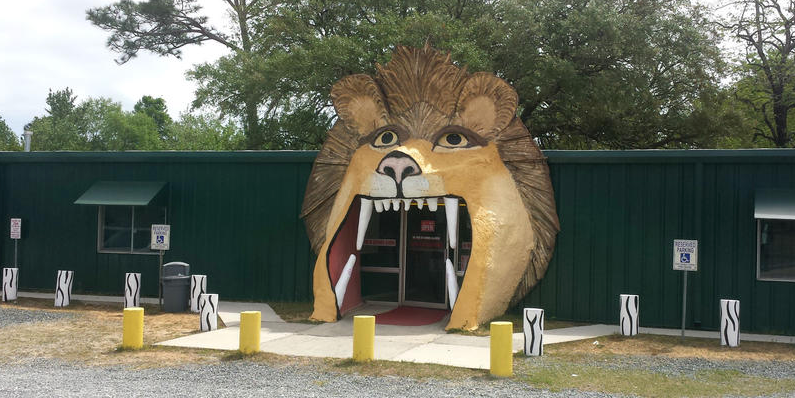Two Amur tiger cubs were born at the Columbus Zoo and Aquarium on June 28 and 29 2012
POWELL, Ohio —
Two Amur tiger cubs were born at the Columbus Zoo and Aquarium on June 28 and 29, 2012. The first arrived at 10:41 p.m. and the second about four hours later. The newborn cubs, weighing just two to three pounds at birth, were initially monitored by the animal care team using a remote feed from a camera mounted in the den.
The team was already concerned about the health of the first cub which, despite nursing successfully shortly after the birth of the second cub, had not nursed for an extended period and appeared to be weakening when the Zoo lost power on the evening of June 29 due to a powerful storm. Since they were unable to monitor the activity in the den, the team made the decision to remove both cubs for hand rearing. The cubs are being raised together for companionship and socialization.
The cubs are currently in intensive care in the Zoo’s Animal Health Center; their condition is not yet stable. It is unknown when Zoo visitors will be able to see them.
These cubs are the first for five-year-old female, Mara, and nine-year-old male, Foli. They are the first Amur tigers ever born at the Columbus Zoo; the last birth of any tiger subspecies at the Columbus Zoo occurred in 1990.
The pairing of Mara and Foli was recommended by the Association of Zoos and Aquariums’ Species Survival Plan (SSP) for tigers. The AZA, of which the Columbus Zoo is an accredited member, strives to maintain a sustainable population of tigers in North America.
The tiger is the largest of all cat species. Native to Asia there are six living and three extinct subspecies of tiger. Currently there are fewer than 150 Amur tigers in 50 AZA institutions in North America. These tigers are considered pedigreed since they have a known ancestry and breeding recommendations to maintain genetic diversity are managed by a studbook.
Amur tigers (Panthera tigris altaica), also historically referred to as Siberian tigers, are critically endangered; fewer than 500 individuals are believed to exist in the forests of the Russian Far East. Their populations are dwindling due to overhunting of prey species such as deer and wild boar, habitat loss, and poaching for skins and body parts used in traditional Chinese medicine. Humans directly cause 75 to 85 percent of tiger deaths.
The Columbus Zoo is a long-term supporter of the Siberian Tiger Project which was established in 1992 by the Wildlife Conservation Society. The Zoo’s funding contributes to improving human-tiger conflict mitigation, increasing capacity for young Russian scientists, and biological monitoring of tigers through camera trapping, track surveys and radio collaring.
The Columbus Zoo and Aquarium contributes $1 million annually to more than 70 conservation projects in 30 countries. Monies are raised from private contributions and fundraising activities including Wine for Wildlife held each fall at the Zoo. This year’s Wine for Wildlife event is already sold-out and proceeds will be dedicated to the Siberian Tiger Project.
For additional information, stay with NBC4 and refresh nbc4i.com.
http://www2.nbc4i.com/news/2012/jul/05/two-amur-tiger-cubs-born-columbus-zoo-ar-1094020/
